
Why Skills-First Leadership Is Replacing the Ivy League Playbook in the C-Suite
The old prestige pyramid—where Ivy League degrees and blue-chip consulting backgrounds paved the way to the CEO seat—is cracking.
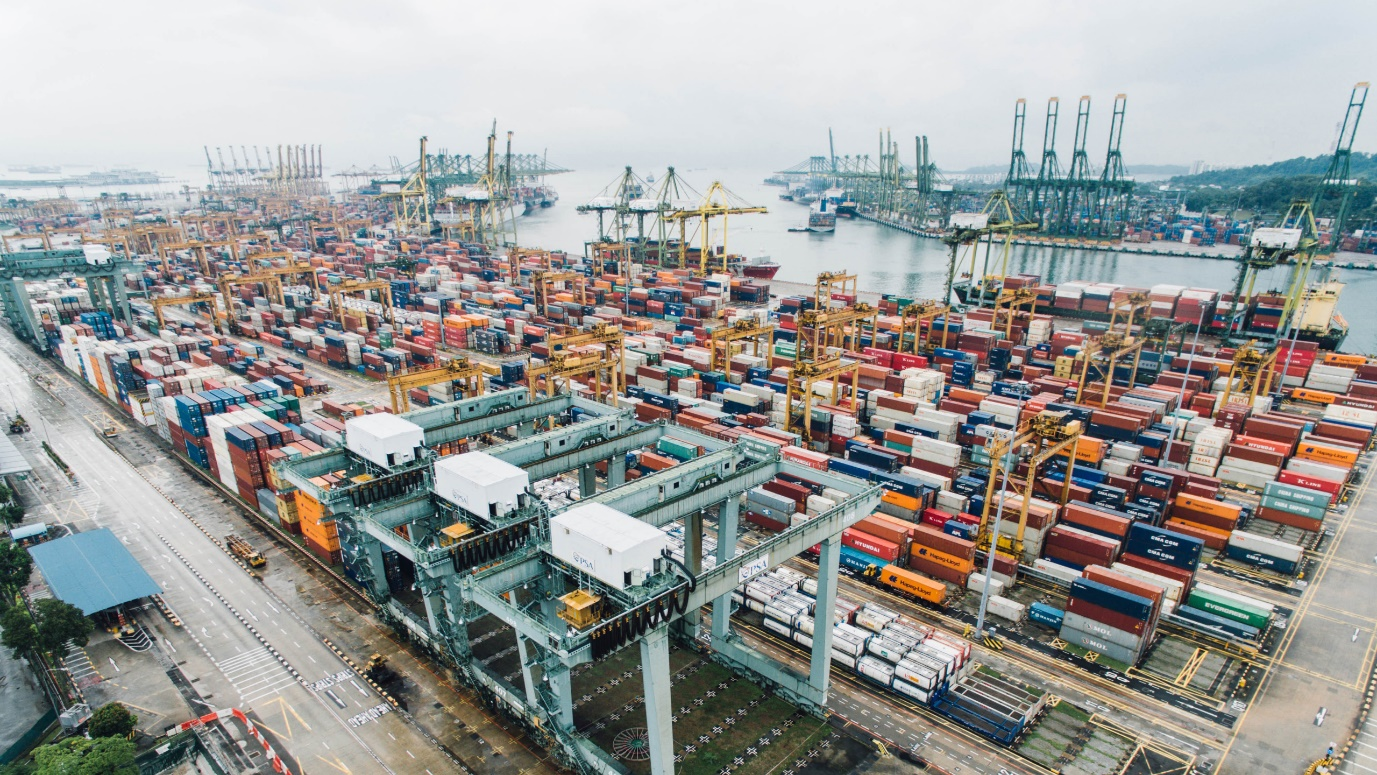
November 8, 2021: -The world’s largest trade deal which includes China and excludes the U.S., will come into force in January next year.
It came as Australia and New Zealand announced they had ratified the agreement.
The Regional Comprehensive Economic Partnership or RCEP was signed in the previous year by 15 Asia-Pacific countries. The countries are the ten members of the Association of Southeast Asian Nations and five of their most significant trading partners China, Japan, South Korea, Australia, and New Zealand.
In a statement on Tuesday, Australia said that its ratification, together with New Zealand’s, paved the way for the deal to enter into force on January 1, 2022, and allowed RCEP to reach a “milestone.”
New Zealand confirmed its ratification in a separate statement on Wednesday.
RCEP will be in force 60 days after a minimum of six ASEAN members and three non-ASEAN signatories ratify the agreement.
The chart shows how the countries that form major trade pacts RCEP, CPTPP, and ASEAN.
ASEAN countries that have ratified the deal so far are Brunei, Cambodia, Laos, Singapore, Thailand, and Vietnam, according to the website of Australia’s Department of Foreign Affairs and Trade. In addition to Australia and New Zealand, other countries outside ASEAN that have also ratified RCEP are China and Japan.
RCEP covers a market of 2.2 billion people and $26.2 trillion of global output. The partnership will create a trade grouping that covers about 30% of the world’s population and the global economy.
It is also larger than other regional trading blocs such as the United States-Mexico-Canada Agreement (USMCA) and the European Union.
Analysts have said that the economic benefits of RCEP are modest and would take years to materialize.
Still, the deal was widely seen as a geopolitical victory for China at a time when U.S. economic influence in Asia-Pacific had waned.

The old prestige pyramid—where Ivy League degrees and blue-chip consulting backgrounds paved the way to the CEO seat—is cracking.

Loud leaders once ruled the boardroom. Charisma was currency. Big talk drove big valuations.
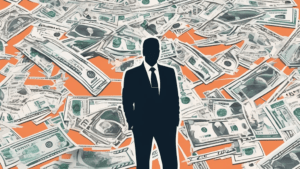
But the CEOs who make history in downturns aren’t the ones with the deepest cuts
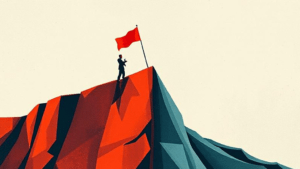
Companies invest millions in leadership development, yet many of their best executives leave within a few years. Why?

The most successful business leaders don’t just identify gaps in the market; they anticipate future needs before anyone else.

With technological advancements, shifting consumer expectations, and global interconnectedness, the role of business leaders
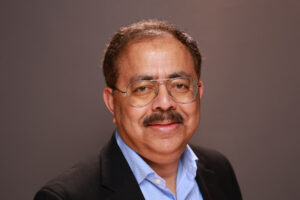
Maushum Basu is a visionary leader who inspires his team with a clear, compelling purpose. Unafraid to take calculated risks, he understands that growth often stems from change and innovation. His deep commitment to both Airia Brands, Inc.
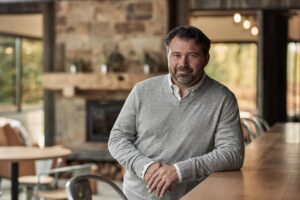
When speaking with Martin Paquette, one thing is immediately apparent: he’s honest. His transparency is refreshing. While many shy away from such vulnerability, Paquette sees it as a force to reckon with. The incredible emotional intelligence speaks to years of looking within—it’s also what allows him to acknowledge his mistakes gracefully and use them as opportunities to innovate.

Marina Charriere, CEO of Star Drug Testing Services, Star Drug Testing Services (Windsor Park), and First Defence Face Masks go hand in hand. Star is a drug and alcohol testing facility, and First D F M is a face mask company.
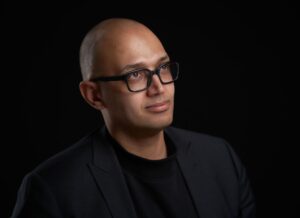
Lejjy Gafour, CEO, CULT Food Science Corp. Lejjy is a self-taught entrepreneur and experienced company operator who made his start creating opportunities at the young age of 14, and he has been working, leading, and building businesses ever since.


Leave us a message
Subscribe
Fill the form our team will contact you
Advertise with us
Fill the form our team will contact you